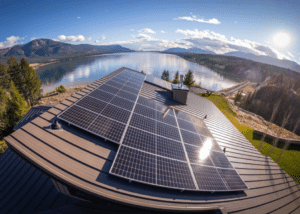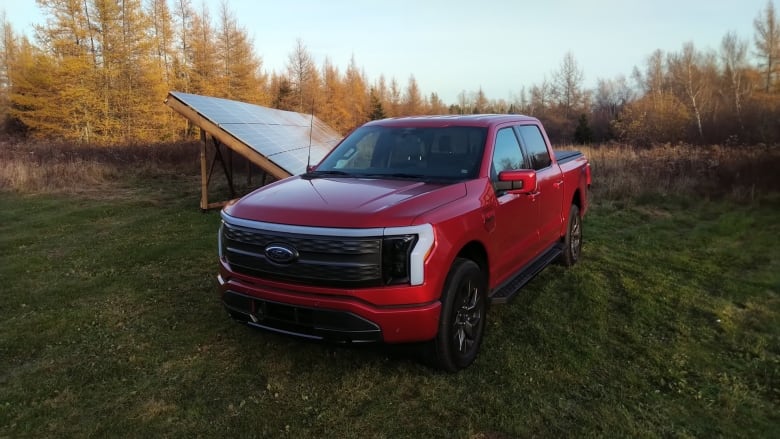Ensuring Uninterrupted Power: Navigating the Growing Risks of Grid Blackouts
In our increasingly connected world, the dependence on a reliable power supply is more critical than ever. However, with the rising frequency of extreme weather events, cyber threats, and an aging infrastructure, the possibility of a grid blackout looms large. Understanding the potential risks and having a solid plan in place, including backup power systems, is crucial for individuals and businesses alike.
The Growing Threat of Grid Blackouts
Several factors contribute to the heightened risk of grid blackouts:
- Extreme Weather Events: Climate change has led to more frequent and severe weather conditions, such as hurricanes, storms, and heatwaves. These events can damage power infrastructure, leading to widespread outages.
- Cybersecurity Vulnerabilities: As our reliance on digital technology grows, so does the threat of cyberattacks on power grids. A successful attack on a utility’s infrastructure could result in a widespread blackout.
- Aging Infrastructure: Many power grids around the world are aging and in need of significant upgrades. The strain on outdated systems increases the likelihood of failures and disruptions.
Given these challenges, it’s prudent to consider the possibility of a grid blackout and take proactive steps to ensure a continuous power supply.
Preparing for the Worst: Backup Power Systems
One of the most effective ways to mitigate the impact of a grid blackout is to invest in backup power systems. Here’s how you can be prepared:
- Uninterruptible Power Supply (UPS): A UPS provides a short-term power source during brief outages, giving you enough time to save work and shut down electronic devices properly. It acts as a buffer, smoothing the transition to alternative power sources.
- Generators: Generators are a reliable option for extended power outages. They come in various sizes and can be powered by gasoline, diesel, propane, or natural gas. Regular maintenance is crucial to ensure their readiness when needed.
- Solar Power Systems: Solar panels coupled with energy storage solutions, such as batteries, offer a sustainable and independent power source. They can provide electricity during daylight hours and store excess energy for use during the night or on cloudy days.
- Wind Turbines: For those in areas with consistent wind, small-scale wind turbines can be an effective backup power source. Like solar power systems, they can be combined with energy storage for continuous power supply.
Creating a Comprehensive Plan
In addition to investing in backup power systems, it’s essential to develop a comprehensive emergency plan. This includes:
- Regular Maintenance: Ensure that backup power systems are regularly inspected and maintained to guarantee optimal performance when needed.
- Emergency Supplies: Stock up on essentials such as flashlights, batteries, candles, and non-perishable food items to sustain you during power outages.
- Communication Plan: Establish a communication plan with family members, neighbors, and colleagues to stay informed and coordinate assistance if needed.
- Emergency Contacts: Keep a list of emergency contacts, including utility providers, in a readily accessible location.
While we cannot eliminate the risk of grid blackouts entirely, being proactive and prepared can significantly reduce the impact on our daily lives. By investing in reliable backup power systems and having a well-thought-out emergency plan, we can navigate potential challenges with resilience and confidence.
In conclusion, ensuring uninterrupted power is a paramount concern in our ever-changing world. By understanding the risks associated with grid blackouts and proactively preparing with backup power systems, you can safeguard your home or business against the unexpected. For reliable backup power solutions and expert assistance, consider exploring the services offered by Power My Home at www.powermyhome.ca. Our commitment to providing effective and sustainable backup power options ensures that you can navigate power outages with confidence. Stay prepared, stay powered.
Click Here to Watch Documentary
Also, You can watch: How Long Would Society Last During a Total Grid Collapse?

















